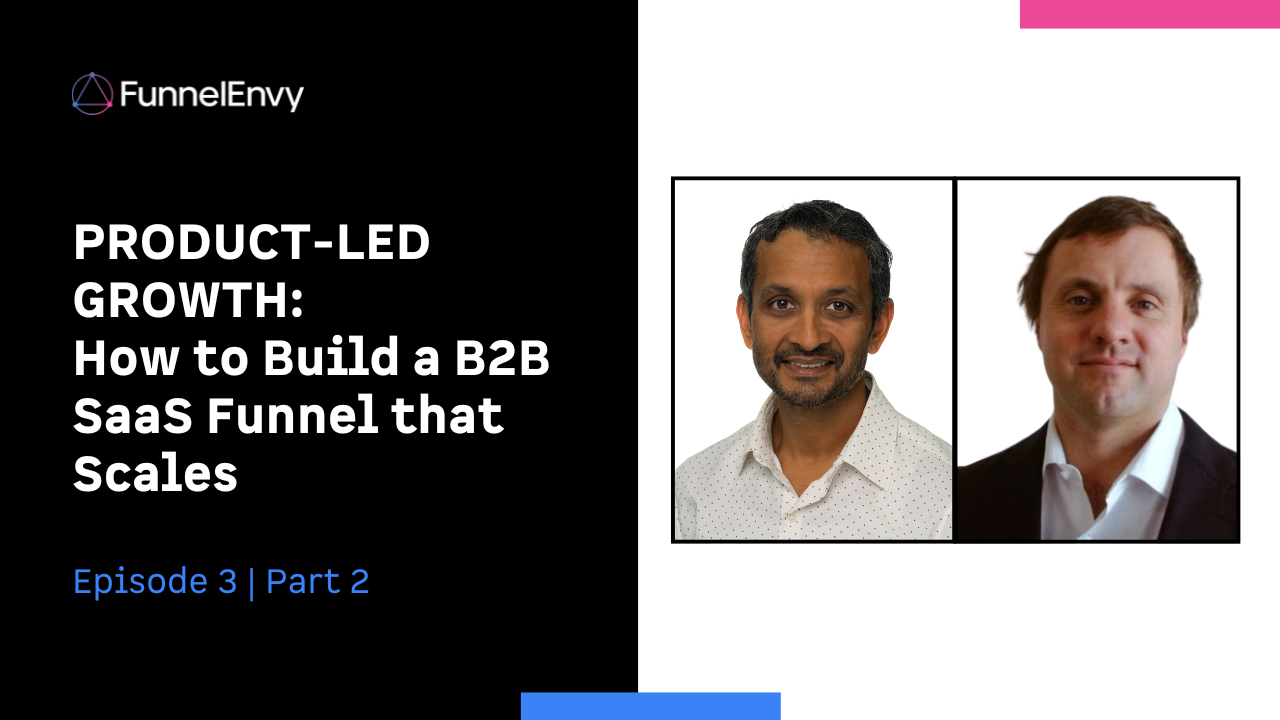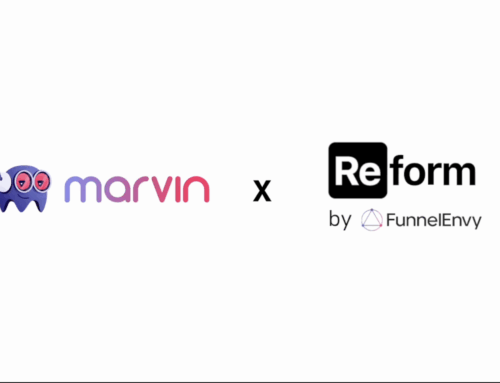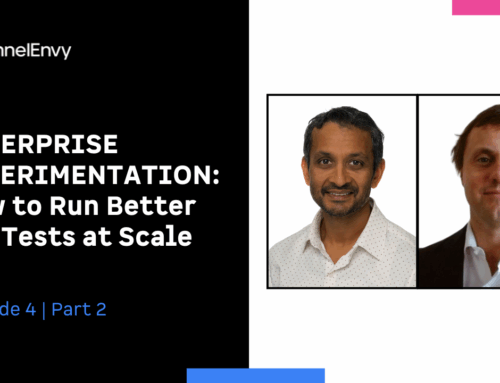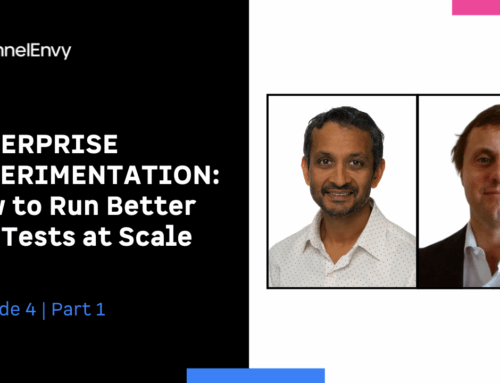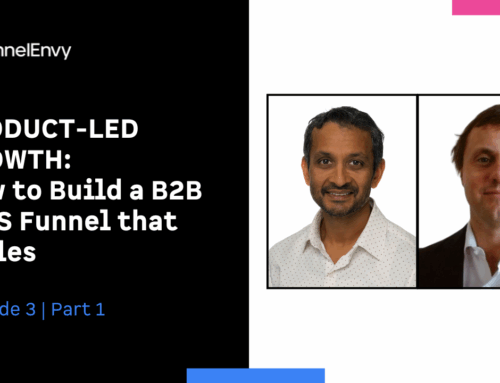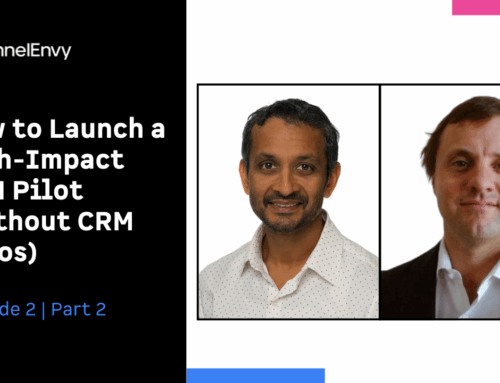Product-Led Growth (PLG) can be a revenue multiplier—but only if it’s rolled out right.
In Part 2 of this conversation, Arun Sivashankaran and David Janczyn lay out a pragmatic, experiment-led approach to launching PLG in B2B SaaS organizations. This isn’t just about free trials or surface-level A/B tests—it’s about using real signals, smarter data architecture, and practical tests to align PLG with long-term growth.
Here’s what they shared.
Why the Pricing Page Is a PLG Power Move
One of the most overlooked PLG opportunities? Your pricing page.
Every SaaS company has one, but few use it to actively segment high-intent, high-value visitors from those better served by self-service.
By running experiments that route users toward the right experiences—self-serve options for smaller customers and sales engagement for enterprise prospects—you can start gathering data that feeds your PLG motion immediately.
This isn’t about overhauling your funnel. It’s about intelligently opening new lanes.
PLG Doesn’t Work Without This One Thing
A clear hypothesis.
Fivetran’s PLG success story illustrates this well. Their team hypothesized that they were losing revenue from smaller organizations who needed the product but were being ignored by sales. They didn’t guess—they measured:
- Conversion rates by path
- Average contract value by segment
- Payback periods across touchpoints
By identifying these metrics and rolling out with experimentation at the core, they turned PLG into 20% of their net new revenue.
The lesson? PLG works when it’s treated like a strategic experiment—not a side project.
First-Party Data > Third-Party Noise
Many B2B marketers chase intent data from third-party sources like 6sense. But the real gold often sits within your own walls.
The way your visitors engage with your site, forms, interactive demos, and onboarding flows? That’s first-party intent—and it’s faster, cleaner, and more actionable.
This is especially critical when your funnel shifts from static demand gen to interactive PLG motions.
Your Data Infrastructure Has to Evolve
Rolling out PLG without rethinking your data flow is like racing with the wrong fuel.
PLG relies heavily on product data—data that typically lives outside of your CRM and marketing automation tools. To make it actionable, you need:
- A centralized data warehouse (Snowflake, BigQuery, etc.)
- Reverse ETL tools like Hightouch or Census to push signals back into your marketing stack
- Coordination between product, marketing, and sales ops
The takeaway? Your source of truth has to evolve if you want PLG to scale.
How to Start Small with PLG
You don’t need to rearchitect your funnel overnight.
Instead:
- Leverage your existing lead forms to identify PLG-ready prospects
- Add interactive or on-demand demos to TOFU pages
- Test routes via your pricing page that surface different options based on user behavior
These low-lift tests validate assumptions, show results, and build internal buy-in—without burning cycles.
Final Takeaways
Here are 3 key steps to a successful PLG rollout:
- Map the customer journey: From website visit to in-product action. Identify where intent shows up and what signals to track.
- Experiment your way forward: Never roll out without proper measurement. Every PLG element—demo, form, route—should be tested.
- Invest in the right data infrastructure: PLG isn’t just a strategy shift; it’s a data shift. You need systems that unify product, marketing, and sales insights.
If you’re treating PLG like just another campaign, it won’t work.
But if you build it on experimentation, align it with buyer behavior, and ground it in real data—your sales team will thank you.
Watch Part 2 of Episode 3 of the FunnelEnvy Podcast
Grab the free Lead Conversions Playbook
Schedule Your Funnel Optimization Audit
